Introduction

I hate the California Superbike School. It took away the one thing I was immensely proud of from my motorcycling toolbox. Before I attended the school for the first time in 2012 I could get my kneedown (and I am usually not this boastful) on almost anything on two-wheels; a Hero Splendor NXG included. Okay, it’s not true. No, the knee-down bit is because nowadays it only happens when a camera comes out. Even then it is not as frequently as our photographer would like. You see I can be quite the poser at times.
But, the California Superbike School, well, I LOVE it. It is the best thing that’s happened to my motorcycling, period. When I first attended the school, the three days of training made me a calmer, more focused and smoother rider. In fact, on the road, because I could read the danger signs early, I was safer too. But, as time went by, and I got older and lazier and full of myself, I started ignoring the tell-tale signs. So much so that I have actually had a few close calls in the recent past.
Thankfully, I am not completely foolhardy yet. So, here I am, back to school, for the 2017 edition of CSS much to the dislike of my colleagues who believe I stole the seat which was rightfully theirs. The plan now is to learn a few new tricks, and of course, come up-to-speed with what I had learned earlier.
Here’s how it went at Level 1 of the California Superbike School India 2017…
Throttle Control

The first thing when riding a motorcycle is to keep it stable. You could use balance wheels like my three year old, but it just doesn’t look very cool on a fast bike ridden by a full-grown man. Instead, we use six controls that a motorcycle comes standard with – throttle, front and rear brakes, clutch, steering and gears.
But when committed into a corner, the only thing that really helps in steadying the bike is the throttle. Not only does getting on the throttle when leaned over give you more cornering clearance since it extends the suspension, but it also increases the rear tyre contact patch by shifting the weight towards the rear. And to make the best use of it, one must follow the Keith Code mantra – the throttle once cracked open must be rolled on smoothly, evenly and constantly.
The good news is, I remembered this well. The only thing my coach asked me to work on though was to get on the throttle a little sooner and with a little more vigour. No wonder I look so slow in the pictures…
My learning?
Take your time to crack open the throttle post the apex. But once you do, keep opening it consistently, because if you chop it mid-corner, you will lose that front end.
Turn Points

With my throttle hand being smooth if not brave, it was time to turn my focus on, well, turning. Now if you ride on racetracks regularly, racing lines will come naturally to you. If not, then, like me you too will need big, bright ‘X’s at the entry of every turn; just so that you look less lost and are be able to pretend that you know what you are supposed to be doing. I had that help at CSS. But, the first time I went around, all those ‘X’s seemed impractically deep. I had to slow down to a crawl to be able to hit them.
Soon my coach pulled me in, asked me steer with more confidence and believe in the bike’s ability to turn and grip. I was told that if we turned later, we would have the bike leaned over for a lesser span of time since we would be straightening out the corner as much as possible. And it worked! Soon, it felt like the natural line to take and because I now knew where to turn and what to do when I came to the corner, I had better throttle control and confidence as well. And if you have your throttle control sorted, well, that’s half the battle in mastering the art of cornering.
My learning?
Watch that turn point like a hawk, but when you know you are going to hit – possibly 40-50 metres before you do – peel your eyes off it and start looking into the corner. Else, you will slow down dramatically and lose confidence.
Quick Turning

Another technique that one must master to be able to hit those ‘X’s is quick turn. Now we all use counter steering on a motorcycle, knowingly or otherwise. But, to do it consciously and with a slightly firmer hand can deliver an excellent outcome. It’s like being slapped by your father – a conscious, firm hand across your face that’s helped deliver a better you!
The science behind it is simple too. Slow steering leads to higher lean angles and for longer periods. Quick turning on the other hand not only allows one to go deeper into turns, but because one can change lines so quickly with this technique, it allows the rider to enter corners hotter and still hold the intended line. I couldn’t get myself to push on the inside bar firmly enough at the start. But, once my coach had convinced me – and they are pretty good at that – that no one has ever fallen by employing quick steering, I gave it a go. And believe me it worked wonders.
My learning?
As scary as it might sound and feel at the start of the drill, quick turn is a fantastic tool to have. I ran wide on corners on purpose and the quick steering always brought me back without drama. You just need to believe in it.
Rider Input

Ever heard of the chicken dance, yes, the one where you flap your arms and look silly doing it… Well, I had to do the same on the motorcycle, when leaned into a corner, just to prove to my coach that I wasn’t holding on to the handlebar for dear life. This, dear reader, is important to let the motorcycle do its thing. You see, as conflicting as it might sound, a motorcycle is inherently a stable thing. Leave to its own devices and it will correct itself especially over a bumpy section and especially when leaned over a bumpy corner. But for it to work, the front end must be left loose, something that doesn’t come naturally to most of us.
Rider Input is a drill that focuses on the rider gripping the bike with his or her thighs and heels while holding the handlebar as lightly as possible. It might sound easy, but believe me with the sort of effort one needs to put into those thighs to take the weight off the bar, not to mention the beating the back takes if you don’t engage the core (again a lot easier said than done), it can leave you quite exhausted in just 20 minutes of riding.
My learning?
It’s easy to employ, at least for a few corners. But the difference it makes – no pain in the wrists or arms and a relaxed demeanour on the bike – is certainly worth the thigh and backache…
Two-step Turning

Final drill in level 1 and an introduction to level 2 of the California Superbike School is two-step turning. The idea, as was the case with Reference Points, is to know where you are on the track or the road and what needs to be done when you get there. First step is the ‘X’ or the turn-in reference point.
Now, the rider must start looking for a clear reference marker to mark the apex of the corner. At the beginning, it doesn’t matter what you choose as the apex because just knowing what to do and where to go after one has hit the turn point is a big confidence booster. Then the coach follows you around, notes the apex you have chosen, and if it isn’t good (and it never is at the start), he urges you to follow him, and then touches the point on the tarmac, which always works better.
My learning?
With two points on the track per corner sorted, I don’t think I was going much faster – if at all. But, I felt more comfortable and less rushed than I had done all day long.
Now for level 2…
Photography by Aditya Bedre
Gallery
1/13
Honda CBR250R Action
Double Tap to Zoom











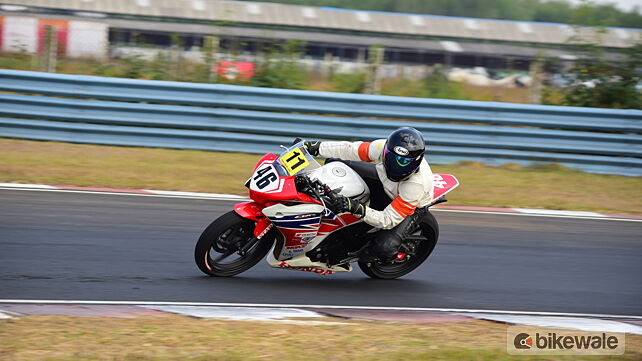











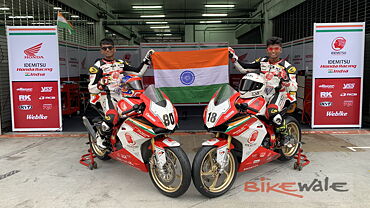
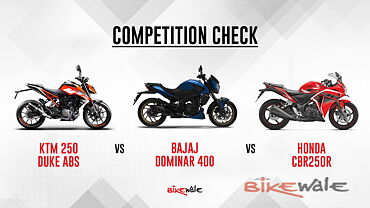
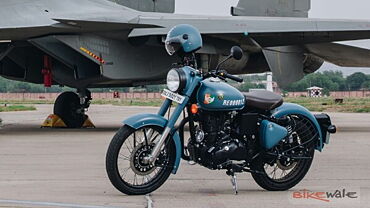
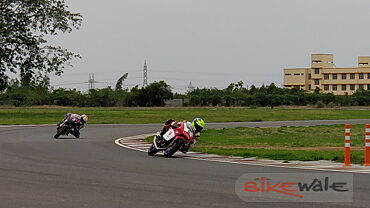


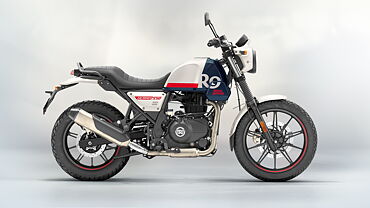
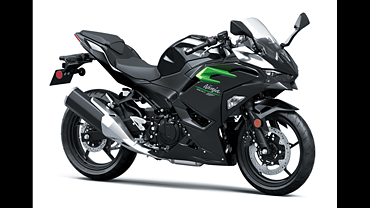
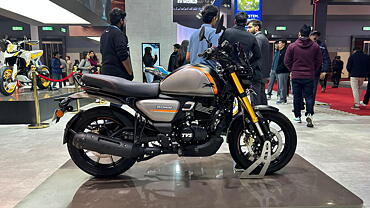
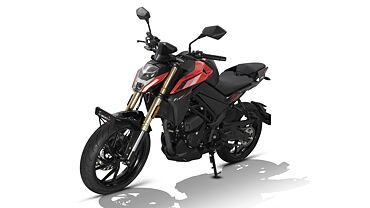

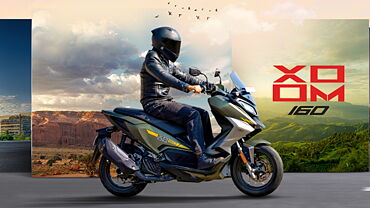
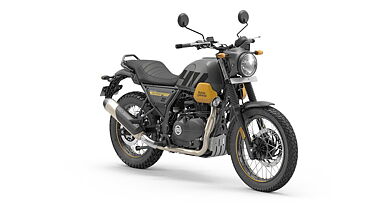
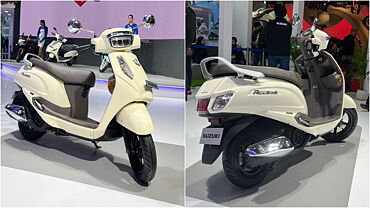
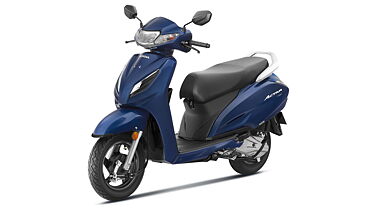


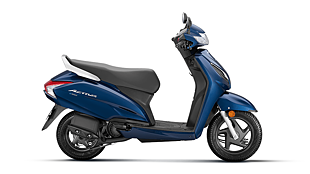






![KTM 390 Adventure X [2025] KTM 390 Adventure X [2025]](https://imgd.aeplcdn.com/272x153/n/cw/ec/190885/390-adventure-x-2025-right-side-view.jpeg?isig=0&q=80)